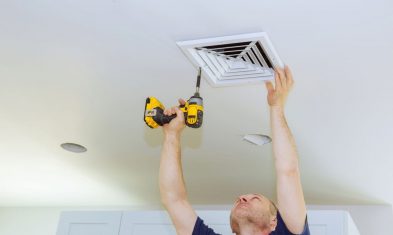We all look for a discount when it comes to buying goods and services. It’s a smart way to shop. Although discounts are often the annoying commercial that is repeated over and over, discounts come in different shapes and sizes.
In the trade services industry, there are tons of discounts that we see on a recurring basis. The most common are:
- Contractual discounts
- Early payments
- Order-specific discounts
- Price-break discounts
- Seasonal discounts
- Trade-in credits
- Cash discounts
So, how do discounts impact your service business? If discounts are used to stimulate sales to promote repeat business and are factored into your pricing model, a good discount strategy can help your company grow and stay profitable.
Some service companies offer price-break discounts to senior citizens, military personnel, or maintenance agreement customers. Some may offer “volume discounts” to customers with multiple properties or multiple systems to be serviced.
However, there is one discount strategy that didn’t show up on the list above – “the ugly discount.”
What is The Ugly Discount
The ugly discount can occur in various situations but usually relates back to one cause – it’s not planned for. The ugly discount is one that has not been planned for by a service company in advance. It is a discount given to a service customer after work has been completed to stop a customer complaint and/or in hopes of retaining future business. This kind of discount is ugly because it comes right off of the service company’s bottom line.
Consider the impact an ugly discount has on a service company’s bottom line. Most HVAC, plumbing, and electrical contractors strive for a 10-15% net profit. The average repair ticket today on an HVAC system is about $350.00. If a service company achieves a 15% net profit, that net profit amount is $52.50. If the service company bills at $135.00/hour and decides to cut a half-hour off the service bill to appease the customer, the discount is $67.50. Consequently, the entire profit is lost on that job plus an additional $15.50 is lost before the next service call begins.
How to Avoid the Ugly Discount
OK, so how can you avoid the ugly discount situation?
The answer is very simple and summed up in two words…Good Communication!
- When using a time and materials method of pricing, one should be sure to quote the hourly rate upon the request for service. The technician should also be sure to discuss the needed repairs and appraise the customer of any unforeseen circumstances as his service work unfolds, also discussing how that extra work may impact the labor time and the bill.
- When using a flat rate repair pricing system, a service call fee or diagnostic fee should be discussed upfront on the request for service. Repair fees should also be quoted in advance to gain customer approval before the work is done.
- Avoid mailing surprise bills to your customers. Always inform your customer about your service charges in advance. Ask for a cell phone number so that if a customer is not home, a staff person can make a call to discuss the repairs needed and the corresponding fees.
The bottom line is to protect your bottom line and avoid an ugly discount by practicing good communication about rates, repairs, and unavoidable extras.



